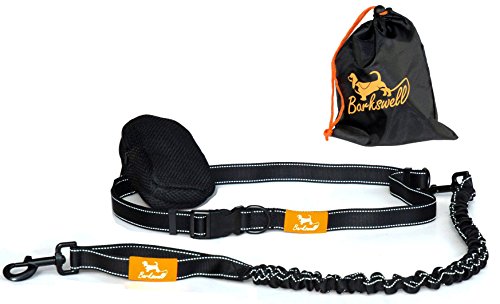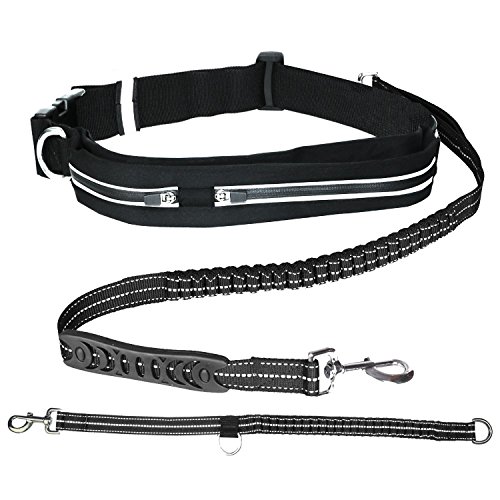
Just as with people, it is very important that dogs get enough exercise, and the best way to do this is to take your puppy for a walk.
However, you need to be careful when exercising a puppy that you don't over exercise it. As the musculoskeletal system is developing, it can be affected by too much exertion. This is particularly important in large dogs like the Great Dane.
How to introduce a puppy to walking
You should only begin to take your puppy out for exercise when it is old and developed enough to get around the house by itself. To begin, you should keep him or her on the lead at all times and take them for short walks.
This should be, in the early stages, enough to tire them out.
Taking them out to a local park or walking area will begin to get them used to leaving the house. It can be a good change of lifestyle for you, too, as it can help to work more exercise into your daily life.
A general rule to follow to avoid over-exercising a puppy is to take the age in months and give the puppy five minutes of exercise per month in any one session.
For example, a three month old puppy should only exercise for around 15 minutes at a time.
When they are fully grown, they will be able to deal with a lot more exercise.
Be flexible when taking a puppy for a walk
While out walking a If your puppy shows signs of wanting to sit or lie down, you should let them have a little rest. You may be walking them too far and they are getting tired!
As your dog gets older, read his or her body language and gauge how much exercise they should be doing. If they are lying down and getting tired, there is a good chance you are pushing them too much.
If you get home and they are still bounding about, chances are they haven't been exercised enough.
Adjust your walking sessions until you find a balance, but make sure to continue to adjust as your puppy grows.
If you over-exercise them when they are too young, you can affect the way they grow, and even cause health problems like bloat, especially in larger dog breeds.
Where to walk a puppy
A run around in even a large garden everyday will not be a suitable substitute for getting your dog out and about, exploring new places and meeting new people.
Where you take your puppy for a walk is largely dependent on where you live and the type of dog. Larger dogs will need more exercise, especially if they are pastoral or working types.
A local park or woods is a great place to walk your dog, or if you are in a city, a smaller dog will likely get its fix from a stroll through the streets.
Toilet breaks on a walk
When taking your puppy for a walk, make sure to use your toilet trigger phrase, outlined on the housebreaking a puppy page, to let your puppy know it is okay to go to the toilet.
One of the key aspects of being a responsible dog owner is cleaning up after your dog when it makes a mess. Make sure you have plenty of dog bags with you to pick up anything your dog leaves behind!
How often to walk a dog
Different breeds, and even different dogs of the same breed, ill need different amounts of exercise. Sight hounds like the Greyhound need short, intense bursts of exercise, while a Husky will require much longer, endurance style walks.
You have to judge your dog for yourself and see what tires him or her out, and whether you need to up the amount of exercise you give them.
However, most dogs, even Toy dogs, need some form of physical and mental stimulation every day, or they will become mischievous and naughty.














